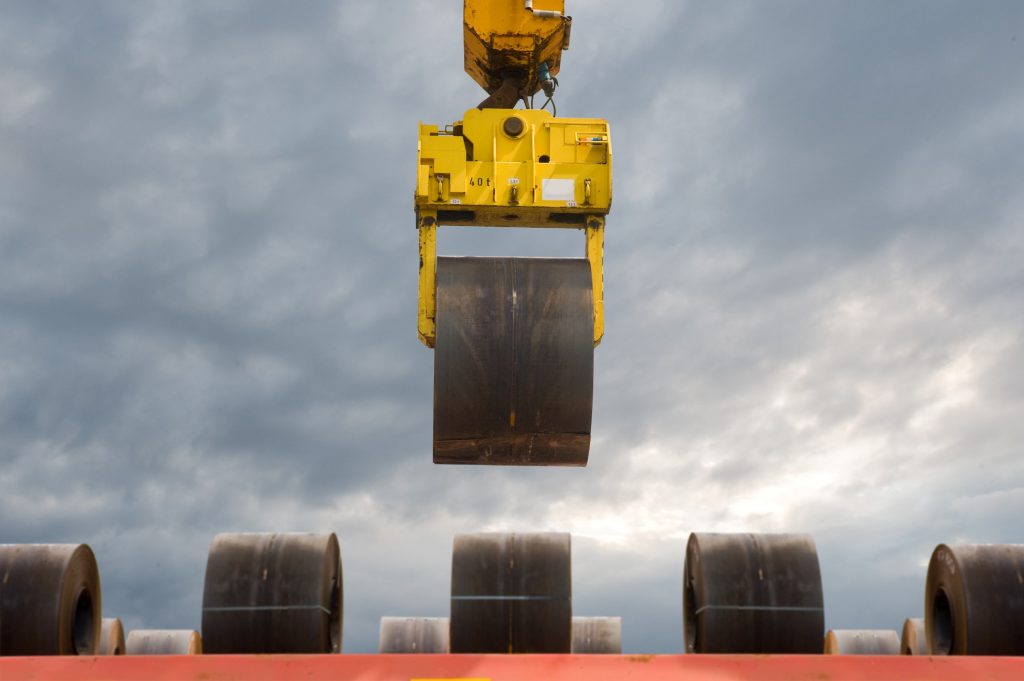4 Events Impacting Steel Pails (Q1 2023)

As we wrap up the first quarter for 2023, there are several major developments happening within the world of raw materials – particularly steel:
- WEEKLY RAW STEEL PRODUCTION REBOUNDS: AISI
- SMU PRICE RANGES: THE SHEET RALLY CONTINUES, PLATE JOINS
- CLIFFS UP $100/TON ON SHEET, TARGETS $1,100/TON HRC
- SHEET AND PLATE LEAD TIMES CONTINUE TO TREND UPWARD
WEEKLY RAW STEEL PRODUCTION REBOUNDS: AISI

After falling last week, overall US steel production increased to a new high for 2023.
Mills produced 1,674,000 net tons in the week ending Feb. 25, up 20,000 tons from the previous week, but down 4.6% from 1,755,000 tons in the same week last year. YTD production is 13,100,000 tons, with YTD capacity utilization at 73.2%. Read more here.
SMU PRICE RANGES: THE SHEET RALLY CONTINUES, PLATE JOINS

Right when we started seeing some price easing for steel, the mills seem to have started raising prices again for just about every steel product you can buy.
Overall the Mills have announced sheet increases totaling $300 per ton in 25 days, reflecting improved demand and limited output. Hot-rolled steel prices are up $60 per ton week on week, while cold-rolled steel is up $85 per ton WoW. Read more here.
CLIFFS UP $100/TON ON SHEET, TARGETS $1,100/TON HRC
![]()
Cleveland-Cliffs has increased its hot-rolled coil price by $100 per ton, effective immediately, and applied equally to all new orders of hot-rolled, cold-rolled, and coated products. It has now hiked sheet prices by $300 per ton since its initial increase on Feb. 2. Read more here.
SHEET AND PLATE LEAD TIMES CONTINUE TO TREND UPWARD

SMU’s latest market survey showed that steel mill lead times are following prices as they continue to trend upward, with hot-rolled lead times increasing to 6.6 weeks from 5.4 weeks in the last market check two weeks ago, the longest lead time for CR since 7.6 weeks in April 2022. Read more here.
So what do all these events mean for your steel pails?
The good news for you is that a lot of the availability problems in the supply chain have disappeared. Materials are fairly easy to get – they are just staying more expensive than before COVID-19.
Overall, 2023 is shaping up to be better than 2022 when regarding pricing and lead times. While these problems aren’t going away entirely, we aren’t expecting anything to be as bad as they were in 2022.
If you have any questions about an upcoming pail order, don’t hesitate to contact your sales manager!




